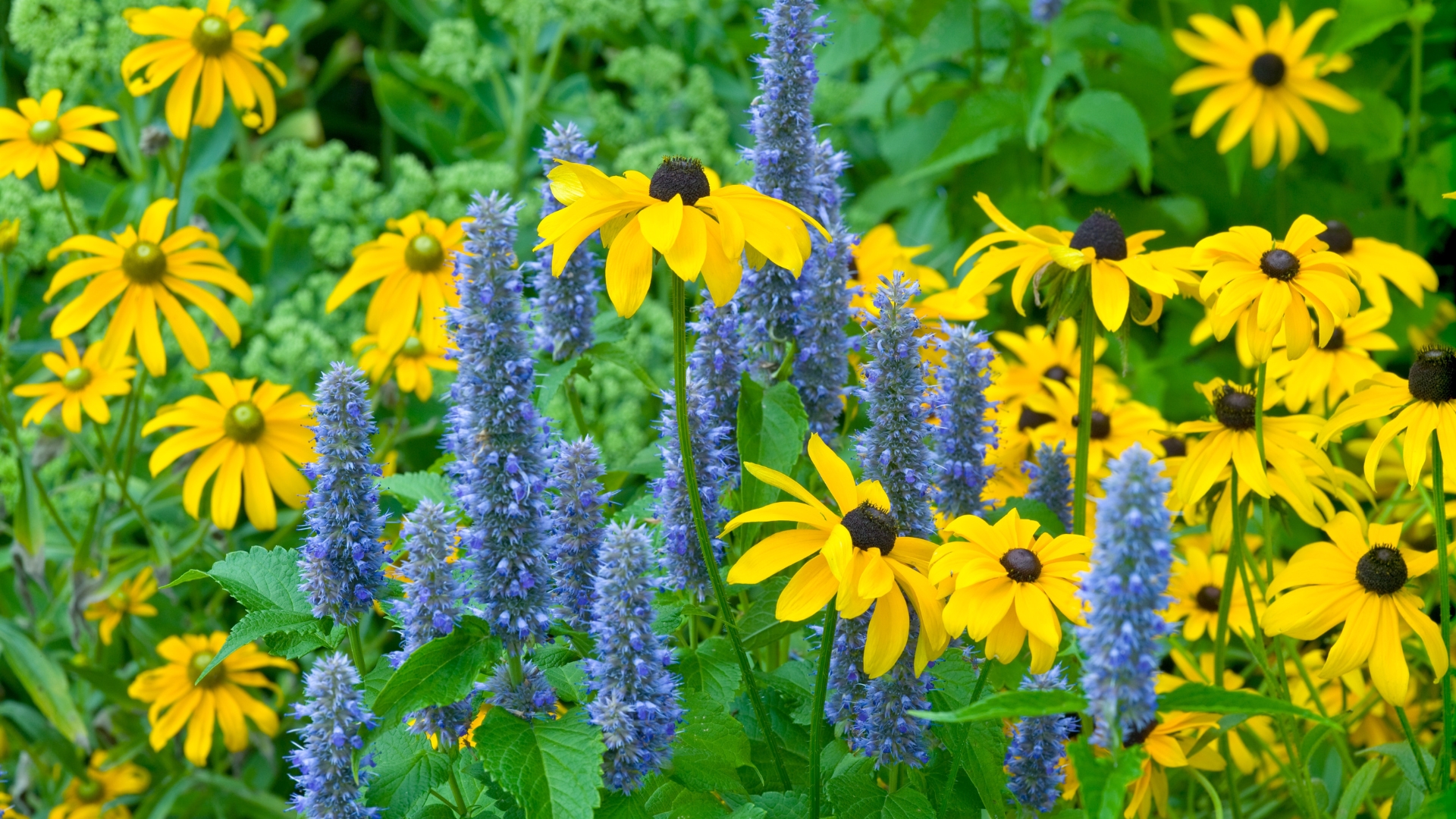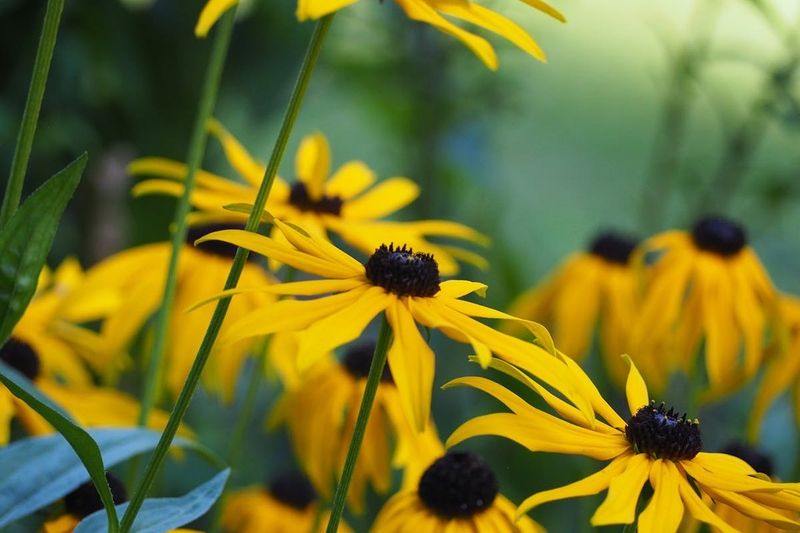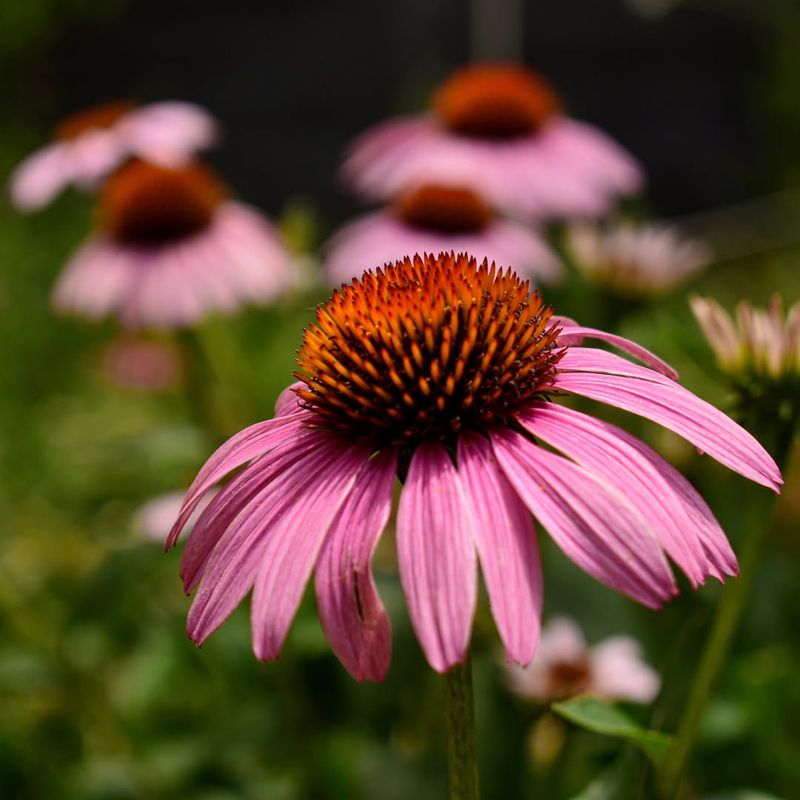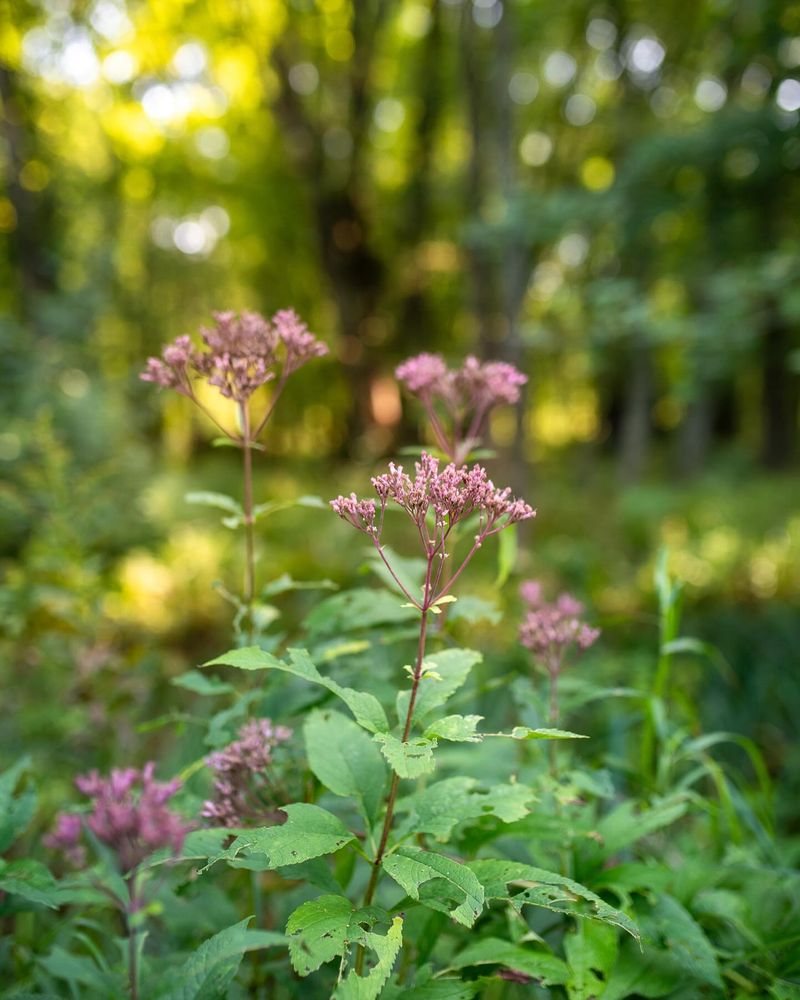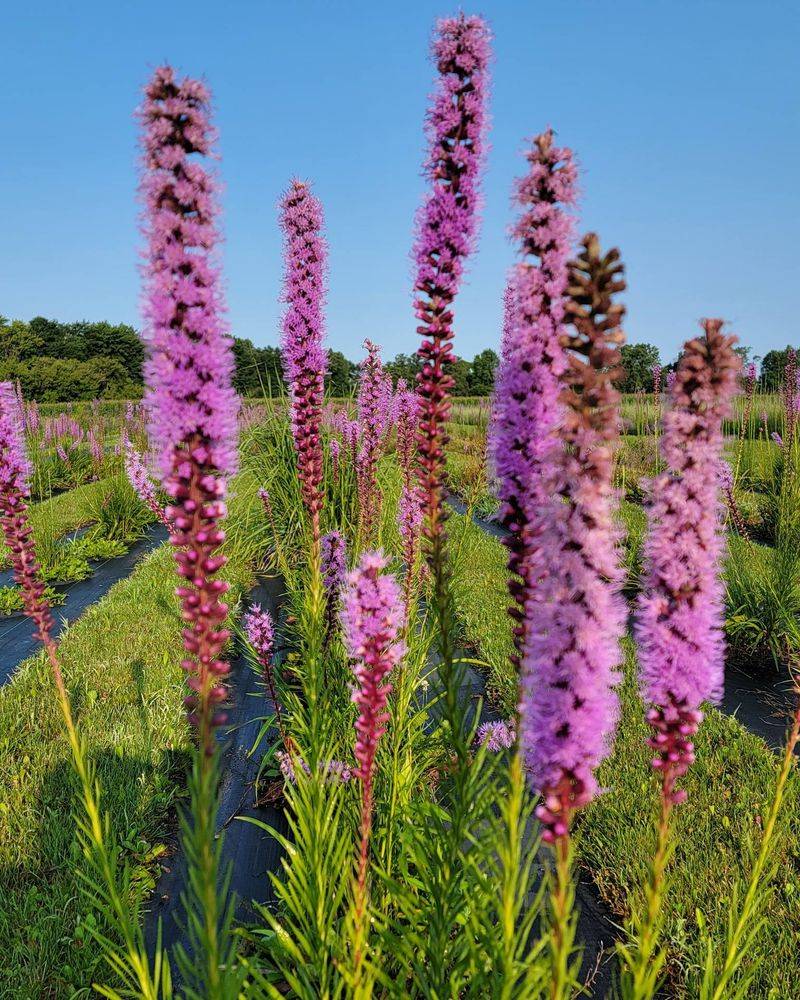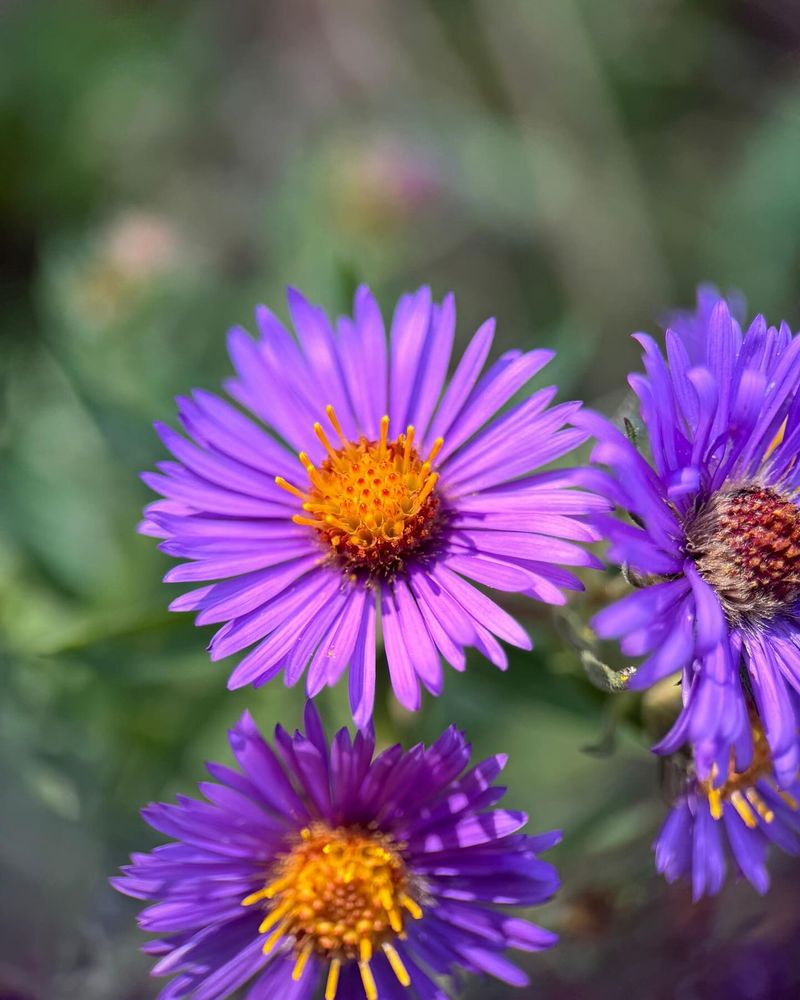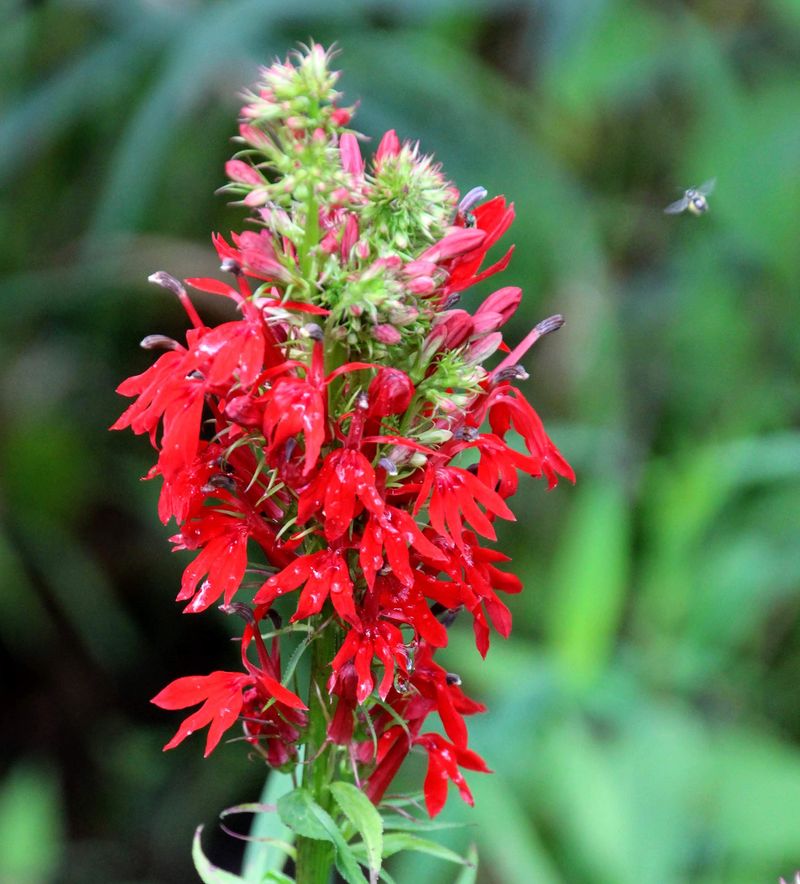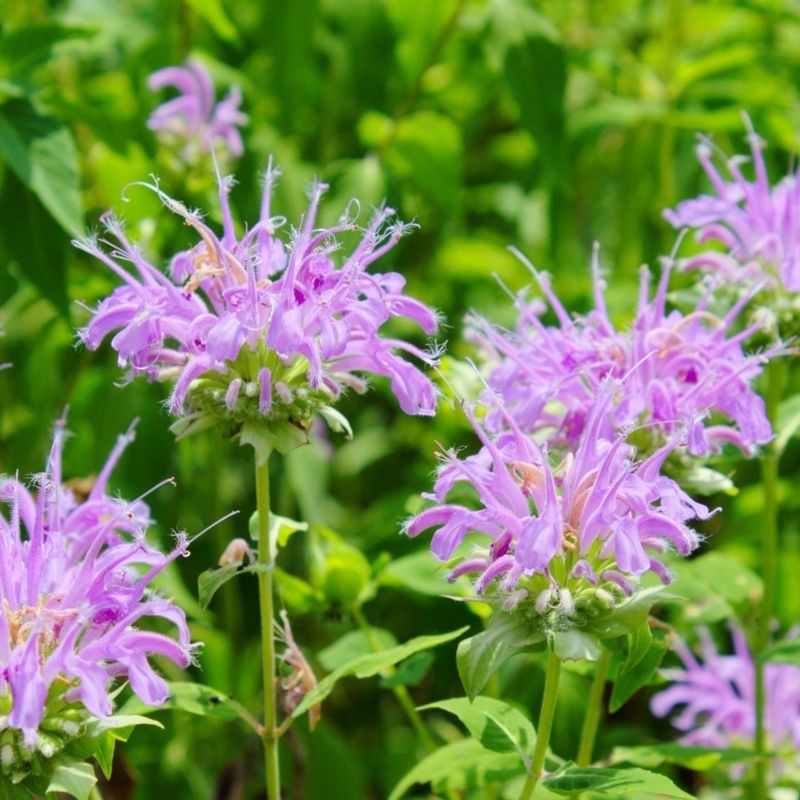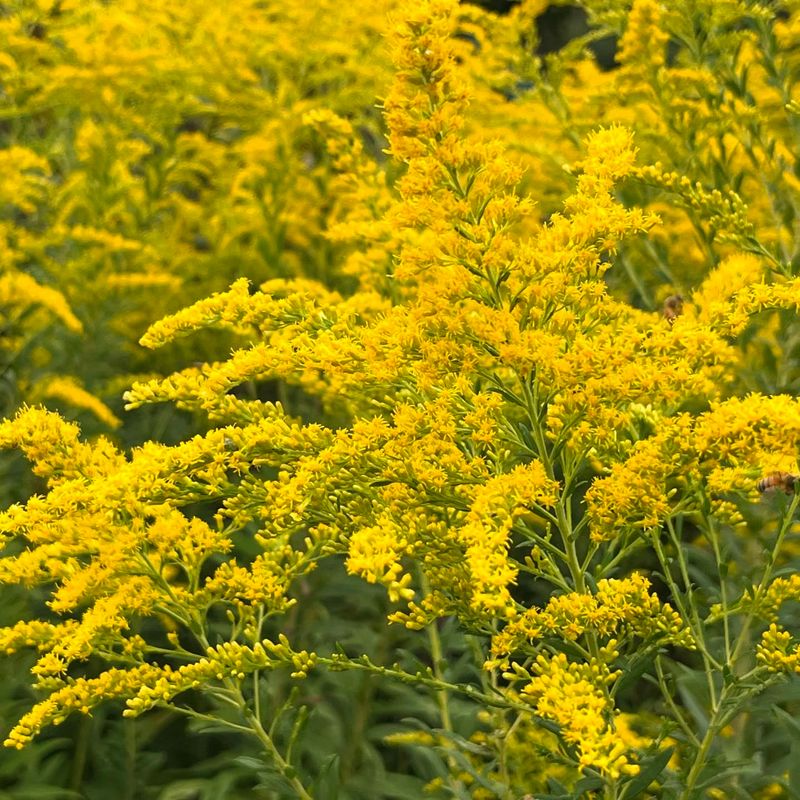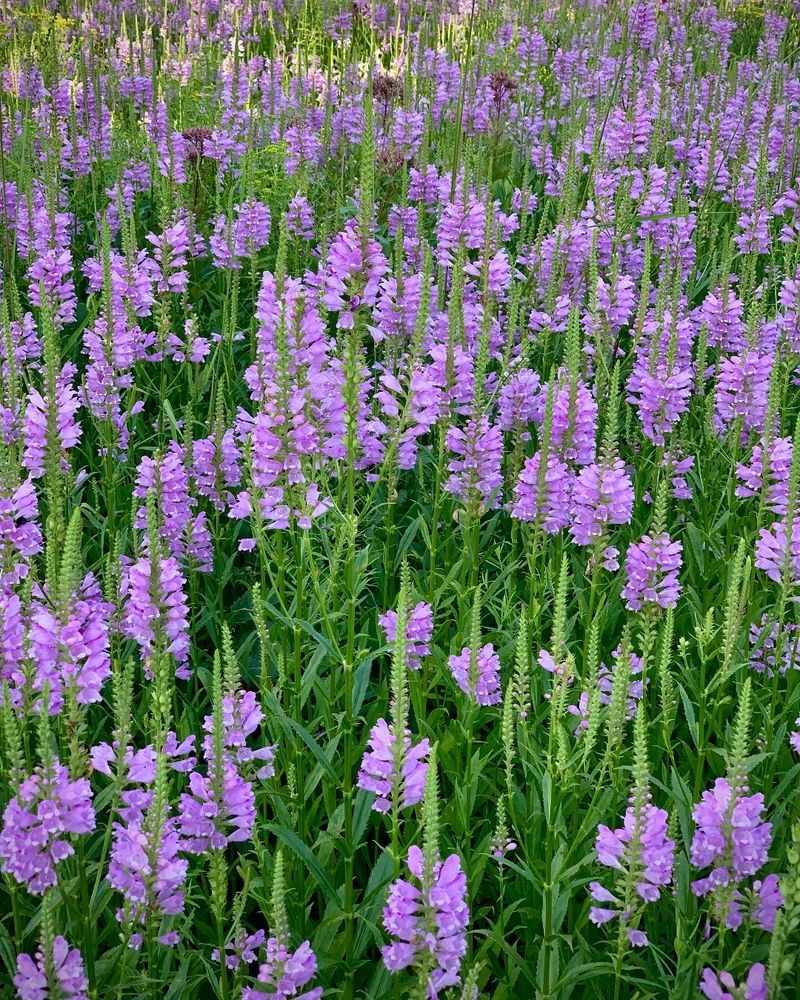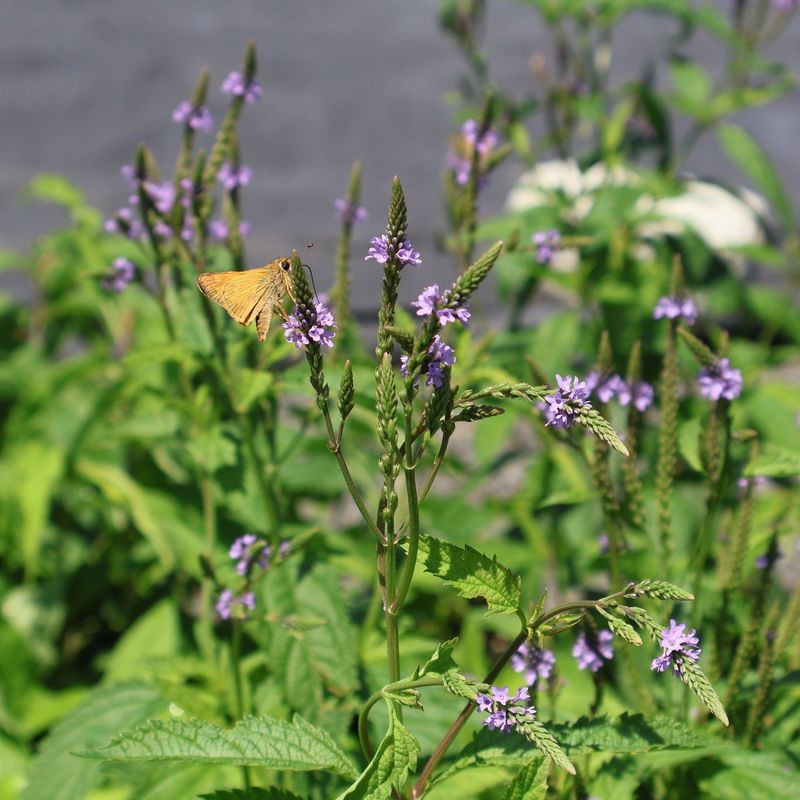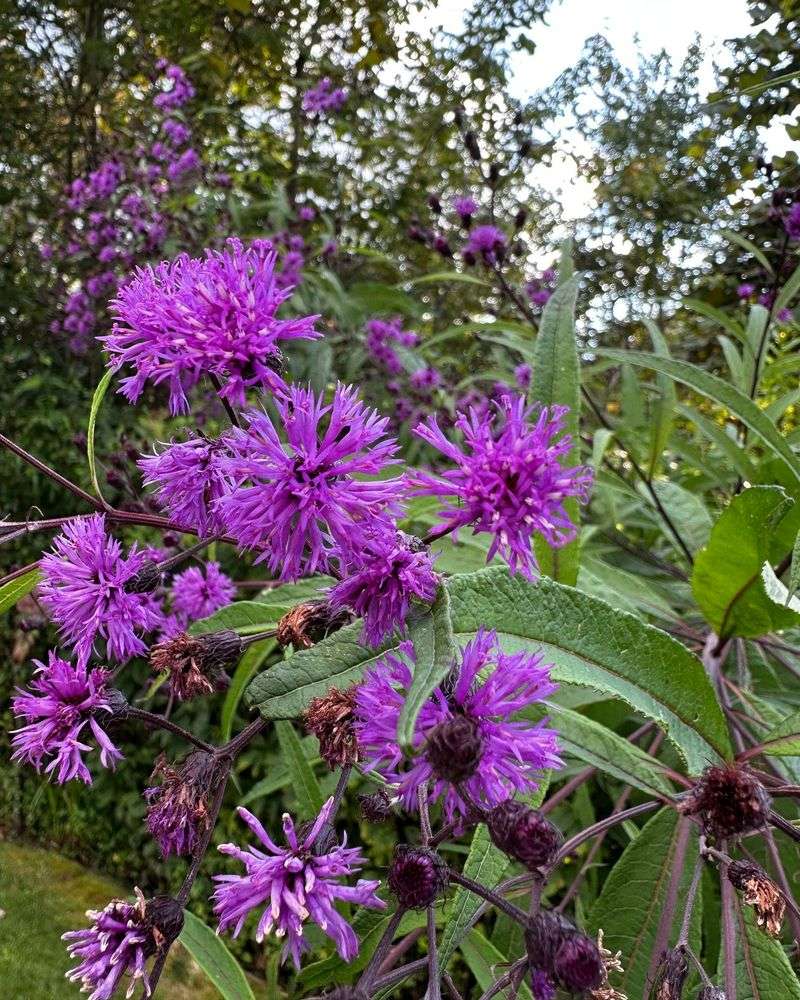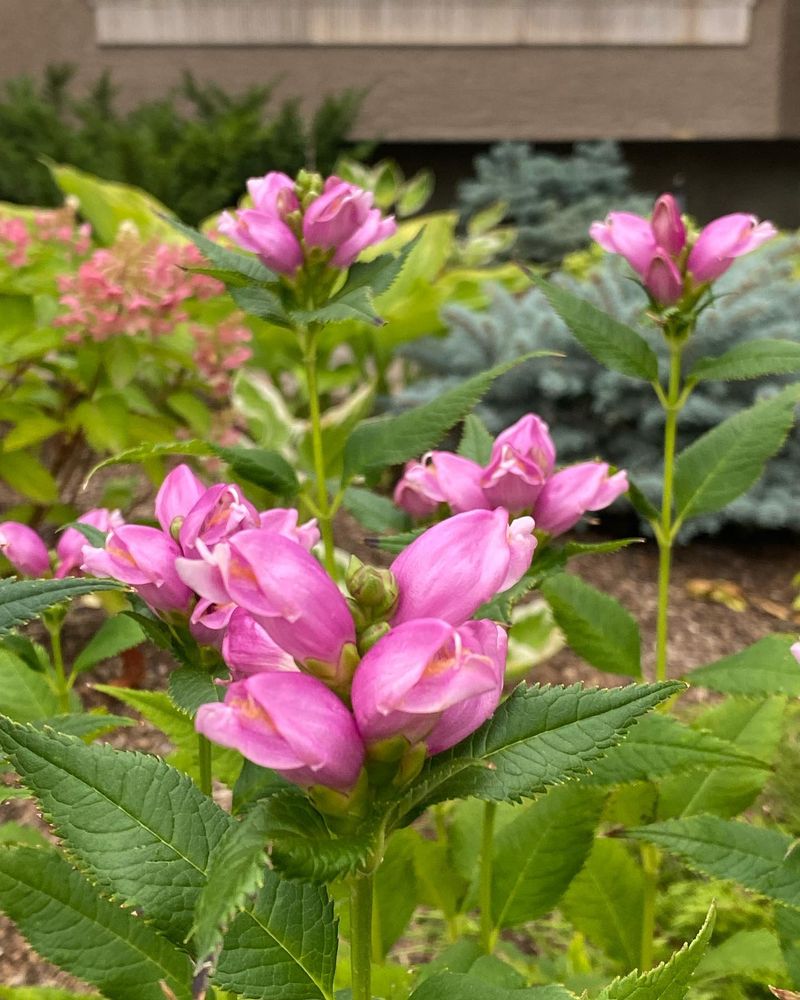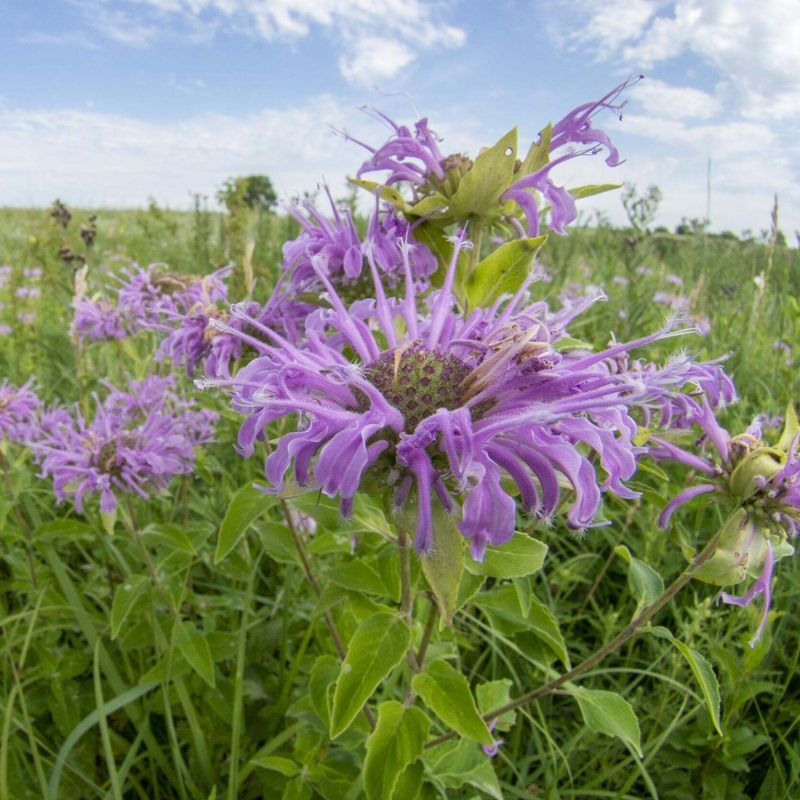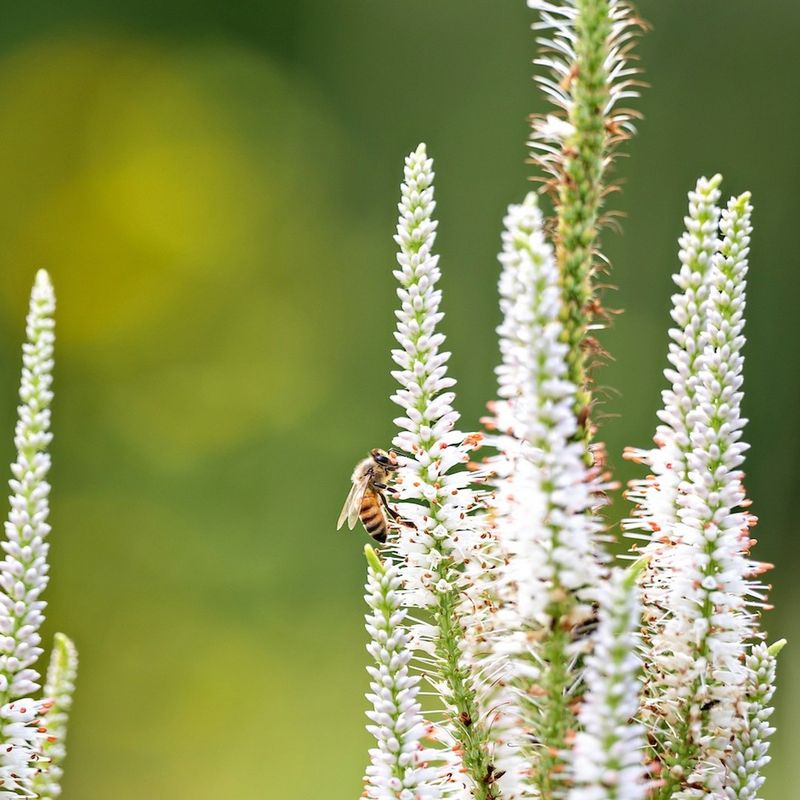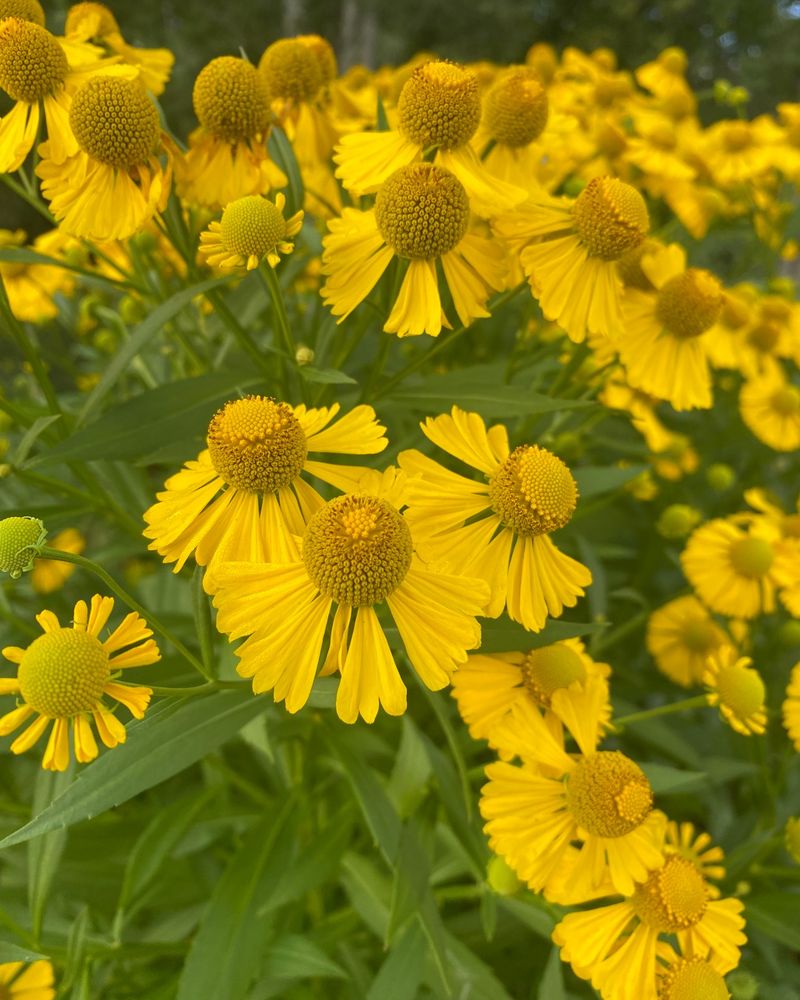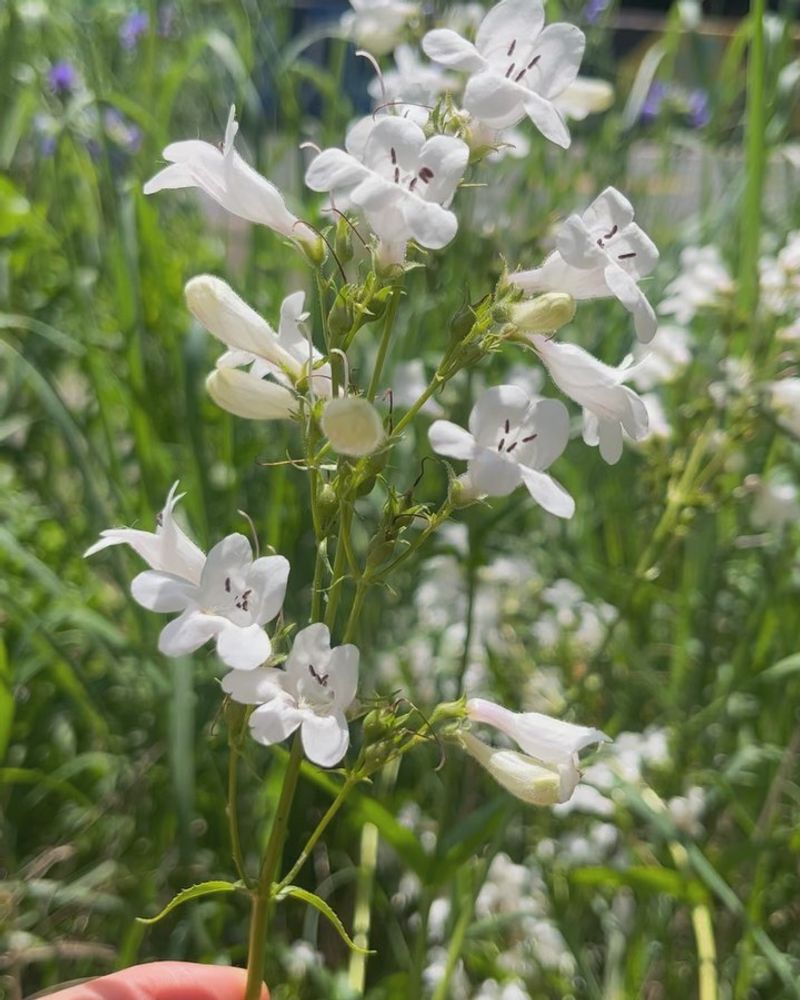Clay soil used to feel like a challenge I couldn’t beat, but these native flowers proved me wrong. They don’t just survive—they thrive and come back year after year, no extra fuss needed.
I love how they add color and life even in the toughest spots. It’s like giving your clay soil a fresh chance to shine. If your garden’s got heavy soil, these flowers are the ones to trust!
1. Black-Eyed Susan
These cheerful golden blooms bring sunshine to even the toughest garden spots. Their fibrous root systems break through clay while their drought tolerance means they won’t rot in poorly draining soil.
Black-eyed Susans form clumps that gradually spread, creating natural drifts of color from mid-summer through fall. Butterflies flock to these native favorites, making them as wildlife-friendly as they are clay-tolerant.
2. Purple Coneflower
Hardy and resilient, these distinctive purple-pink blooms stand tall through summer heat and clay soil challenges. Their deep taproots actually prefer the stability of heavier soils while improving drainage over time.
Beyond their practical benefits, coneflowers deliver months of color and attract beneficial insects. The seed heads provide winter interest and food for birds, making this native perennial a true four-season performer.
3. Joe Pye Weed
Rising majestically to heights of 5-7 feet, this native showstopper creates a dramatic backdrop in clay soil gardens. The fluffy mauve flower clusters appear in late summer when many perennials have finished blooming.
Butterflies absolutely adore Joe Pye weed, often covering the flowers in impressive numbers. Despite its delicate appearance, this plant has tough, fibrous roots that power through clay soil while helping break it up over successive seasons.
4. Blazing Star
Shooting upward like purple rockets, these striking vertical bloomers create eye-catching drama in mid-summer gardens. Their unusual bloom pattern starts at the top and works downward, prolonging the display for weeks.
Blazing stars develop corm-like roots that thrive in clay’s stability while gradually improving soil structure. Hummingbirds and butterflies can’t resist their nectar-rich flowers, bringing your garden to life with fluttering wings and aerial acrobatics.
5. Swamp Milkweed
Don’t let the name fool you – this elegant native thrives in clay soil even without constant moisture. The clusters of small, fragrant pink flowers appear in midsummer, creating a delicate presence in the garden.
As essential monarch butterfly habitat, swamp milkweed serves a crucial ecological purpose. Its deep roots stabilize clay soil while its nectar-rich blooms support numerous pollinators, making it both beautiful and beneficial in tough garden conditions.
6. New England Aster
When fall arrives and most perennials have finished their show, New England asters burst into a cloud of purple-blue daisies. Their timing couldn’t be better, offering crucial late-season nectar for migrating butterflies.
The fibrous root system handles clay with ease, while the plants form substantial clumps over time. Though they can reach 4 feet tall, newer compact varieties stay manageable while delivering the same clay-busting, pollinator-feeding benefits of their taller cousins.
7. Cardinal Flower
Few native flowers produce such an intense, true red as the stunning cardinal flower. These attention-grabbing spikes of scarlet bring a vibrant pop of color to clay soil gardens from mid to late summer.
Hummingbirds find the tubular blooms irresistible, often becoming regular visitors once established. While cardinal flowers appreciate consistent moisture, their adaptable nature allows them to handle clay’s water-retention properties without rotting.
8. Bee Balm
Imagine crown-like whorls of red, pink, or purple flowers that seem to explode with color in midsummer. Bee balm creates this dramatic effect while handling clay soil with remarkable ease.
The fragrant foliage gives off a pleasant minty-citrus scent when brushed against. Hummingbirds, butterflies, and bees compete for the nectar-rich blooms, making this native perennial a wildlife magnet that simultaneously improves your clay soil with its spreading root system.
9. Goldenrod
Unfairly blamed for allergies (the real culprit is ragweed), goldenrod deserves recognition as a clay soil champion. The graceful sprays of tiny yellow flowers brighten the late summer and fall garden when many perennials have finished blooming.
Goldenrod’s vigorous root system excels at breaking up compacted clay while the flowers support an amazing diversity of beneficial insects. Choose well-behaved cultivars like ‘Fireworks’ for garden settings rather than the more aggressive wild types.
10. Obedient Plant
Named for an entertaining trait – push the individual flowers and they stay in position – this native perennial brings charm and resilience to clay gardens. The spikes of snapdragon-like pink or white blooms appear in late summer through fall.
While some gardeners find obedient plant too vigorous, this spreading tendency makes it perfect for difficult clay areas needing coverage. Its adaptability to both wet and dry conditions once established makes it remarkably forgiving in challenging soil.
11. Blue Vervain
Delicate candelabras of tiny blue-purple flowers rise above lance-shaped foliage on this elegant native. The unusual blooming pattern starts at the bottom of each spike and moves upward, extending the display for weeks.
Blue vervain’s tough constitution belies its refined appearance. The deep roots penetrate clay effectively while the plant tolerates both occasional flooding and seasonal drought. Butterflies, native bees, and even goldfinches seeking seeds find this perennial irresistible.
12. Ironweed
Standing tall and proud, ironweed earned its name from its tough stems and unbreakable spirit in difficult conditions. The intense purple flower clusters create dramatic late-summer color that pairs beautifully with goldenrods and asters.
Clay soil poses no challenge for ironweed’s robust root system. Though wild types can reach 7 feet, garden-friendly varieties stay under 4 feet while delivering the same clay-busting abilities and butterfly-attracting blooms that make this native so valuable.
13. Turtlehead
Looking at the unique blooms reveals how this native earned its charming name – each flower resembles a turtle’s head with its mouth slightly open. The white or pink flowers appear in late summer, adding fresh interest when many perennials have finished.
Clay soil’s moisture-retention properties suit turtlehead perfectly. Baltimore checkerspot butterflies depend on this plant for their lifecycle, making it ecologically valuable. The clump-forming habit stays well-behaved while the roots gradually improve clay soil structure.
14. Wild Bergamot
Also known as bee balm’s more restrained cousin, wild bergamot brings lavender-pink pom-pom blooms to the summer garden. The aromatic foliage releases a pleasant fragrance reminiscent of Earl Grey tea when touched.
Thriving in clay where many plants struggle, wild bergamot’s fibrous roots gradually improve soil structure. Native bees, butterflies, and hummingbirds flock to the nectar-rich blooms, creating a lively pollinator party in even the most challenging garden spots.
15. Culver’s Root
Resembling elegant white candelabras, Culver’s root brings architectural interest to the summer garden. The slender spires of tiny white flowers create a cloud-like effect that contrasts beautifully with broader-leaved companions.
Though refined in appearance, this native handles clay soil with remarkable resilience. The deep root system breaks up compacted earth while the clump-forming habit stays right where you plant it. Small native pollinators especially appreciate the abundant, easily accessible nectar.
16. Sneezeweed
Despite its unfortunate name (it doesn’t actually cause sneezing), this cheerful native brings sunny yellow-orange daisy-like blooms to late summer gardens. The interesting flowers feature notched petals surrounding button-like centers raised on short stalks.
Clay soil’s stability provides perfect support for sneezeweed’s upright growth. The fibrous roots handle poor drainage with ease while gradually improving soil structure. Butterflies and beneficial insects gather around the prolific blooms, creating a wildlife haven in tough soil conditions.
17. Foxglove Beardtongue
Elegant spires of tubular white flowers create a refined presence in early summer gardens. The clean, vertical lines contrast beautifully with more informal native companions while handling clay soil with surprising grace.
Hummingbirds and native bees seek out the nectar-rich blooms that appear just when many spring flowers have finished. The semi-evergreen foliage forms attractive rosettes that provide winter interest. Foxglove beardtongue’s adaptability to clay comes from its prairie heritage where it evolved in heavy soils.

